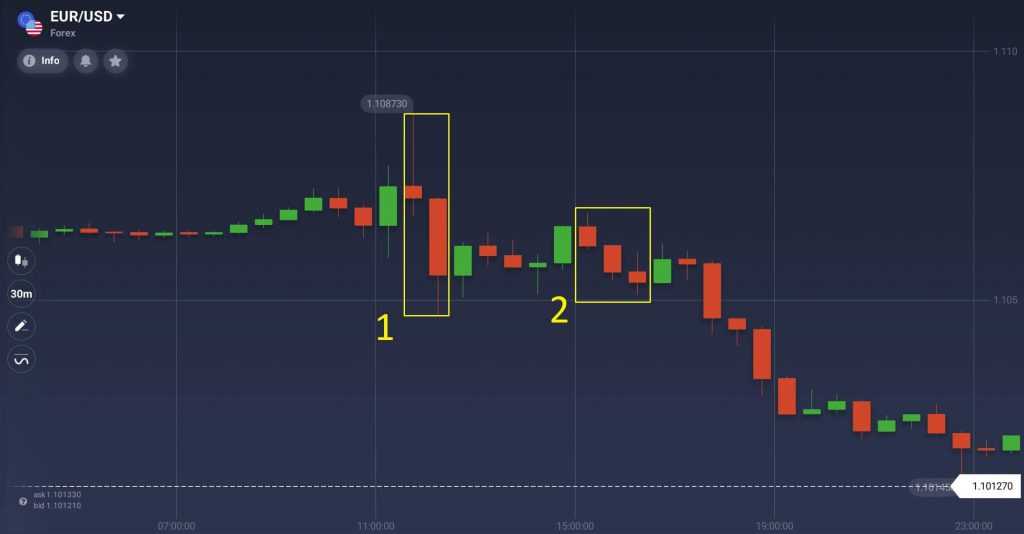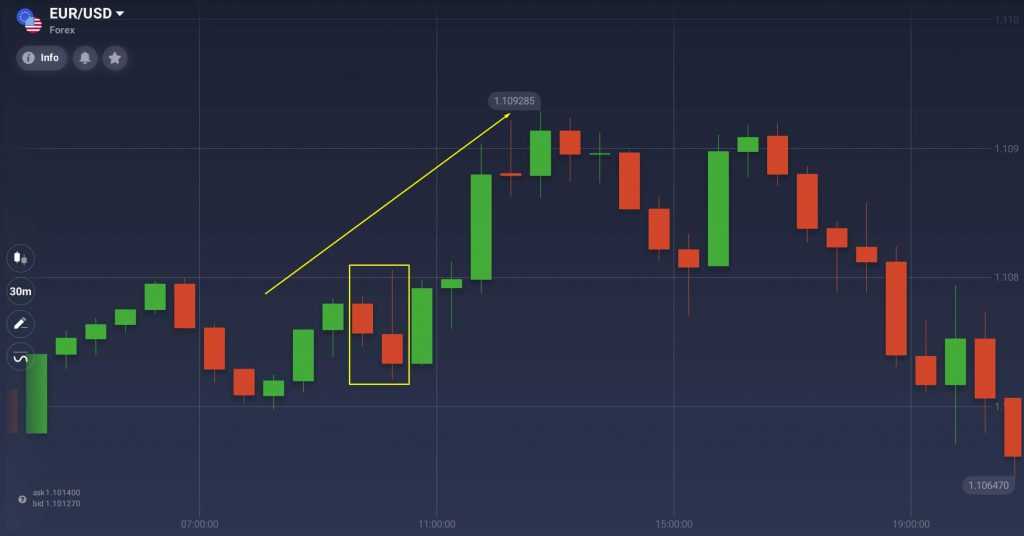Candlesticks are not only a popular chart type, but they can also be used as an extremely useful and versatile technical analysis tool. By turning to them you may get a chance to spot an opportunity before it appears, which is always good. Read the full article to get a deeper understanding of candlestick patterns and intricacies of their practical use.
4 tips
Lots of traders consider candlesticks to be their preferred chart type, and for a good reason. Regardless of the asset, candles bring the chart to life in a way that makes the battle between bulls and bears exciting to watch. However, although they provide a clear view of the market and valuable signals, candlestick patterns are not always easy to read. A bearish candle can appear at any point of a bullish market, and vice versa. This is something you should be prepared for and ready to take action upon. Hence, the four tips.
1. Know your candles
In trading, as in life, you should thoroughly understand the tool you are about to use. Candles are no exception. The first rule reads: know your candles. You should be able to distinguish between bearish and bullish candles, a doji and a hammer, but there is even more. You should understand the nature of candles that appear on the market while you trade. Every asset is different, as is every chart, so it makes sense that all candles are different, too.
A long candle in one market may only be considered average in another. If you work with the EUR, USD or JPY you should know the difference between a long and a medium candle, as well as a strong and an insignificant one. An average candle is formed on an average day, strong candles appear during periods of high trading volume and high volatility that together mark major market movements.

2. Know your signals
When you know your candles, you should shift your attention to the signals they provide you with. A signal is a mere signal until it’s a strong one — then you should act upon it. Start by learning what makes a good signal. Then understand that a signal is considered to be only reliable when the candles are larger than normal, have longer shadows than normal or both.

3. Relativity is everything
Сandlestick signals may appear at any price level. A strong signal will usually form close to a key support or resistance level. Support and resistance lines are not random — they appear at price levels at which buyers or sellers are most likely to enter the market. You should, therefore, be wary of those lines.
When a signal is spotted in close proximity to one of these levels, try to define the type of the signal received. Is it a bullish, bearish, continuation or reversal signal? A bullish candle that breaks above the resistance line is a sign of a bullish market but at the same time it may not lead to a continuation if it forms during a downtrend. Always keep in mind that context is king.

4. Wait for the close
One of the most important things about using candles is to wait for them to close. Remember, what you see in front of you is not a signal until the candle is closed and a confirmation is received. Long-legged shooting star dojis start out as long, strong bull candles, but they don’t end up as ones. Waiting for the close sometimes means that you have to wait until the next day — and there is nothing wrong about it. When the prices are at or near the resistance/support a long, strong candle may form and it may look like a continuation but if the next candle turns out to be a smaller one within the body of the first (known as Harami), a reversal becomes more likely. Make sure the candle closes before taking further action.

